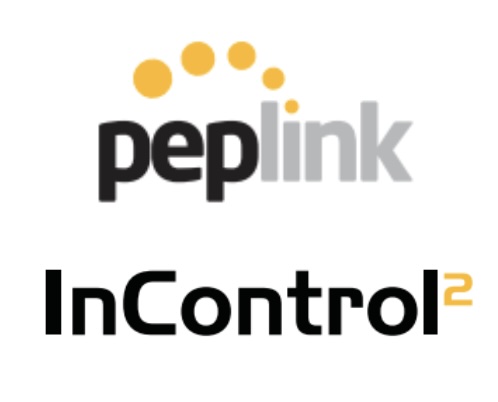A growing number of users are reporting widespread Internet disruptions today, affecting popular applications like Spotify, Discord, and major cellular providers including Verizon and T-Mobile. According to Downdetector.com, these issues are impacting users across multiple networks and services, which points to a potential issue with common DNS servers — such as those operated by Google […]
Real-World Test: Peplink InControl2 GPS Fleet Tracking with BR1 Mini Uses Less Than 3MB a Day
Chicago to Denver Test Drive with a BR1 Mini Cat 7 Fleet and vehicle tracking is one of the most valuable applications for Peplink’s InControl2 (IC2) cloud-based management system. Whether you operate a delivery fleet, manage service vehicles, or want to keep tabs on personal or corporate cars, IC2 offers a powerful and low-cost way […]
What’s New in Digi Firmware? Check out Recommended Version 25.5.52.21
Digi International has released firmware version 25.5.52.21 for a broad range of their industrial routers and cellular gateways, expanding support across the Digi IX, EX, and TX series. This recommended (non-LTS) release introduces powerful new features like Enhanced Location Services and 5G Network Slicing, alongside system optimizations and critical bug fixes that improve performance and […]
Introducing Teltonika’s M-Series: A New Era in Industrial Networking
Teltonika Networks has unveiled its latest innovation in industrial connectivity: the M-Series routers. Comprising four robust models—RUTM08, RUTM09, RUTM10, and RUTM11—this series is designed to meet the diverse needs of modern industrial applications. From wired to cellular connectivity, the M-Series offers flexibility, reliability, and advanced features to empower your networking solutions. RUTM08 and RUTM10: Wired Excellence The […]
Digi International Unveils Comprehensive Industrial Infrastructure Solution
On June 3, 2025, Digi International, a global leader in Internet of Things (IoT) connectivity solutions, announced the launch of a comprehensive industrial infrastructure management solution. This new offering combines the Digi Axess mobile app with the Digi Axess VPN Service, providing 24/7 secure access to industrial infrastructure. “With these launches, Digi Axess delivers the full […]
Amazon’s Project Kuiper Targets June 13 for Major Satellite Launch: What It Means for the Future of Global Connectivity
Amazon is ramping up its efforts to bring broadband to the world with its satellite internet venture, Project Kuiper. Following a successful initial launch in April 2025, Amazon and its launch partner United Launch Alliance (ULA) are set to send another 27 Kuiper satellites into orbit on June 13, 2025. This mission will further bolster Amazon’s strategy to compete […]
Router with 5G: A Beginner’s Guide to Choosing the Right 5G Router
1. Introduction: What Is a Router with 5G? A router with 5G is a networking device designed to connect to the internet using next-generation 5G wireless networks. Unlike standard routers that depend on a wired connection—such as DSL, cable, or fiber—a 5G router communicates with cellular towers to provide internet access. These routers typically include SIM card […]
Introducing the Peplink Balance 1350 EC: Edge Computing Meets Enterprise Routing
1. Introduction As enterprise networks grow in size and complexity, the demand for robust, high-speed, and failproof routing solutions continues to rise. Businesses require more than just internet access—they need a secure, centrally managed platform that can handle multiple connections, prioritize critical applications, support edge computing, and never go down. Enter the Peplink Balance 1350 EC, […]
Peplink and Iridium Partner to Deliver Truly Global Backup Connectivity: What It Means for Remote Operations, Resilience, and the Future of Satellite Integration
At 5Gstore.com, we’ve always been focused on providing our customers with the most reliable, future-ready connectivity solutions. From pioneering cellular failover to integrating cutting-edge LEO satellite services like Starlink, Peplink has remained a leader in SD-WAN and multi-WAN technology. Now, Peplink is taking a significant step forward by partnering with Iridium Communications Inc, a move […]
5Gstore and Peplink: How a National Transportation Technology Leader Scaled
At 5Gstore.com, we pride ourselves on being more than just an e-commerce provider. We are a trusted partner, technical resource, and logistics engine for businesses that depend on reliable, secure connectivity across distributed and mobile environments. One of our most successful collaborations over the past few years is with a leading provider of technology solutions […]











